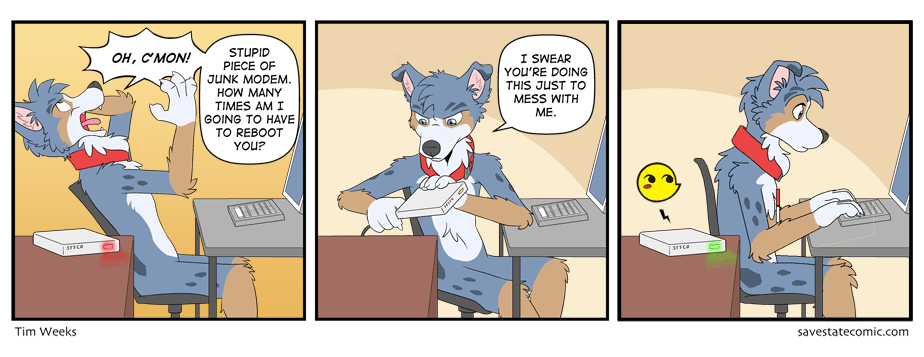WEEK 2 : DATA COMMUNICATION

what is data communication ?😕😕😕
- data communication is a process of changing information in a form of a digital data (binary) in between two or more devices using electronic delivery system.
- it is transmitted via mediums such as wires, cables, and radiated electromagnetic waves such as broadcast radio, infrared light, microwaves and satellites.
- for further explanation, open this link 👇
TYPES OF SIGNAL
- data comes in variety styles such as text, voice, pictures and video.
- all this type of information need to be converted into signal that can be understood by the communication media in order to transmit the data from one place to another location.
- data comes in 2 types of formation :
- analogue signal
- digital signal
ANALOGUE SIGNAL
- it is like human's voice
- it is formed by continuously varying voltage level that create wave than be grasped by an analogue transmitter like microphone.
- transmit through PSTN line such as phone line.
- involves 2 parameters which are : FREQUENCY & AMPLITUDE
FREQUENCY : number of completed wave's cycles. measured in Hertz(Hz) which is cycle per second.
AMPLITUDE : wave's height that measured in voltan (v) or decibel(dB). A strong signal will create higher amplitudes.
DIGITAL SIGNAL
- analogue to digital - modulation
- digital to analogue - demodulation

DATA TRANSMISSION
- data need to be digitized before it can be transmitted through the electrical transmission medium.
- when we enter data into a computer via keyboard (alphabet or numeric), the data is encoded into an equivalent binary coded using standard coding scheme such as : Extended Binary Coded Decimal Interchange Code (EBCDIC) & American Standards Code for Information Interchange
figure : data transmission mode
1. PARALLEL TRANSMISSION 😅
- data is sent at least one byte at a each time, each bit in the byte taking separate path.
- means that a group of bit is transmitted simultaneously by using separated line for each bit.
2. SERIAL TRANSMISSION 😅
- data sent one bit at a time, one after another a long a single path.
- a bit slower compared to parallel transmission
-used for short communication such as : computer & printer
3 serial transmission mode
synchronous transmission
asynchronous transmission
isochronous transmission
for further explanation, click this link 👇👇
this video explains about parallel and serial data transmission 💙
meanwhile this video describes what exactly is Asynchronous 💚
DIRECTIONS/FLOW of DATA TRANSMISSION
1. Simplex
-one way communication
-role of transmitter and receiver are fixed
-radio : transmits the signal to its listener and listener never allows listener transmitting back.

2. half duplex
-flow in 2 directions but never at the same time
-one station transmit information to another station without any interruption.
-the other station will response after that transmission has been completed.
-example : walkie-talkie

3. full duplex
-data can move in both direction at the same time
-both station can transmit and receive simultaneously
-consists of 2 simple channels ; 1 channel used to forward while another as the reverse channel, linking at the same point.
-many networks and most internet connections are full duplex
-example : telephone

what is data compression ??
~data compression encoding information using fewer bits than the original representations.
~example of file compression formats ,such as ARC & ZIP
~it is useful in communications because it enables devices to transmit or store the same amount of data in fewer bits.
this figure illustrates the data compression process 💜
REFLECTION
overall, this topic clearly brief how the data are transmitted over the network. I also learned about the types of signals which have their own functions besides i can compare the differences between asynchronous and synchronous and serial and parallel transmission. next, i can also differentiate the flow of data transmission which are simplex, half duplex and full duplex.
overall, this topic clearly brief how the data are transmitted over the network. I also learned about the types of signals which have their own functions besides i can compare the differences between asynchronous and synchronous and serial and parallel transmission. next, i can also differentiate the flow of data transmission which are simplex, half duplex and full duplex.













Comments
Post a Comment